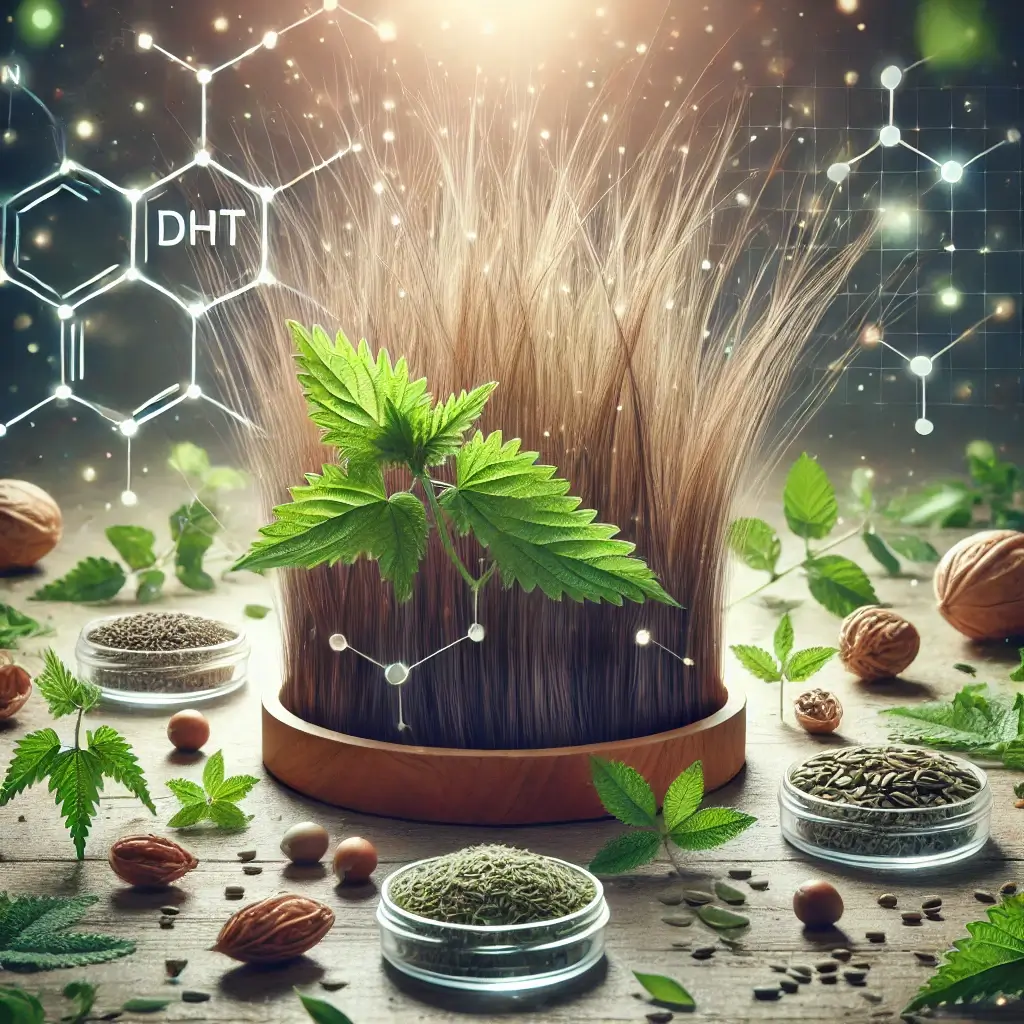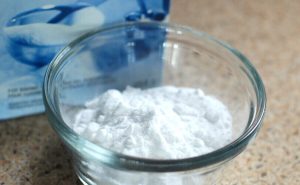What You Need to Know About Repairing Damaged Tooth Enamel
The most challenging material in the human body is tooth enamel. It prevents deterioration in the pulp and dentin underneath it. Enamel, however, is susceptible to harm from a variety of sources, such as:
Bacteria: Mouth bacteria can release acids that damage enamel.
Sugar: Sugar-containing meals and beverages can also generate acids that damage enamel.
Acidic food and drink consumption can damage tooth enamel.
Grinding and clenching: These actions can wear down the enamel of the teeth.
Trauma: The enamel of the teeth can chip or break due to trauma, such as a blow to the mouth.
When the enamel is compromised, cavities, sensitivity, and even tooth loss can result. It is crucial to take precautions to safeguard your tooth enamel and maintain the health of your teeth.
Here are some pointers for maintaining healthy tooth enamel:
Your teeth should be brushed for two minutes twice a day. Use fluoride toothpaste and a soft-bristled toothbrush. Your teeth should be thoroughly cleaned, including the chewing, back, and front surfaces.
Once per day, floss. Plaque and food fragments between your teeth, where a toothbrush cannot, are removed by flossing. Make use of fluoride mouthwash. Plaque may be removed, and germs can be killed with mouthwash. To strengthen your teeth, use a fluoride-containing mouthwash. Cleanings and exams at the dentist should be done regularly. Your dentist can remove plaque and tartar accumulation you cannot reach home. They can also look for indications of tooth decay and other dental issues. Adopt a balanced diet. A diet minus processed foods and sugar can assist in lowering your chances of getting cavities.
Take in a lot of water. Food scraps and germs that might cause cavities are cleaned away by water.
Give up smoking. Smoking can harm your teeth and increase your risk of developing cavities.
In addition to these suggestions, you may do several more things to enhance the health of your tooth enamel naturally.
Consume dental-friendly meals. Among the meals that are healthy for your teeth are:
Cheese: Cheese can assist in protecting the enamel by balancing oral acids.
Carrots: Vitamin A, essential for strong teeth, is in reasonable amounts in carrots.
Celery: Fiber-rich celery is an excellent source for removing plaque from teeth.
Apples: Malic acid, which can help whiten teeth, is a rich source of nutrition in apples.
Green tea: Catechins, which are found in green tea and have antibacterial qualities, can aid in protecting the enamel.
Moderate to Mild Damage
Some at-home therapies might assist in remineralizing and strengthening the enamel in minor to moderate damage cases. These treatments consist of:
Use fluoride toothpaste to help the enamel get stronger. Fluoride is a mineral. Use fluoride-containing toothpaste twice daily, and look for brands that include it.
Mouthwash with fluoride: Fluoride mouthwash can also aid in fortifying the enamel. One day, after cleaning your teeth, use it.
Toothpaste with remineralization rebuilding enamel-aiding chemicals can be found in remineralizing toothpaste. Find a toothpaste marketed as “remineralizing” or “desensitizing.”
Chelated minerals: Minerals attached to a protein molecule are chelated. They are now more straightforward for the body to assimilate. Chelated minerals can be found in some kinds of toothpaste and dietary supplements.
Serious Damage
A dentist may need to undertake an operation to restore the enamel in cases of severe damage. These steps consist of:
Bonding is a dental treatment in which a tooth-colored resin is applied to the affected region. The wax adheres to the tooth and aids in strengthening and restoring its form.
Crown: A crown is a covering formed like a tooth and positioned over a damaged tooth. The tooth is protected by the crown, which also improves its look.
A porcelain or composite resin inlay is a filling used to repair a tooth. The inlay helps restore the tooth’s strength and form by fitting the broken tooth.
Make use of whitening toothpaste. Whitening toothpaste can be used to eliminate surface stains on the teeth. To maintain the enamel, it’s crucial to use whitening toothpaste that also includes fluoride.
It’s crucial to visit a dentist if you have dental enamel damage so they can recommend the best course of action. The dentist will evaluate the extent of the harm and suggest the best course of action. Get a professional whitening procedure done. More difficult stains can be removed by a professional teeth whitening process than by whitening toothpaste. You must do your homework and pick a reputable dentist to undertake the procedure. According to the dentist’s advice, you may restore the damaged enamel and keep your teeth healthy for the rest of your life.













